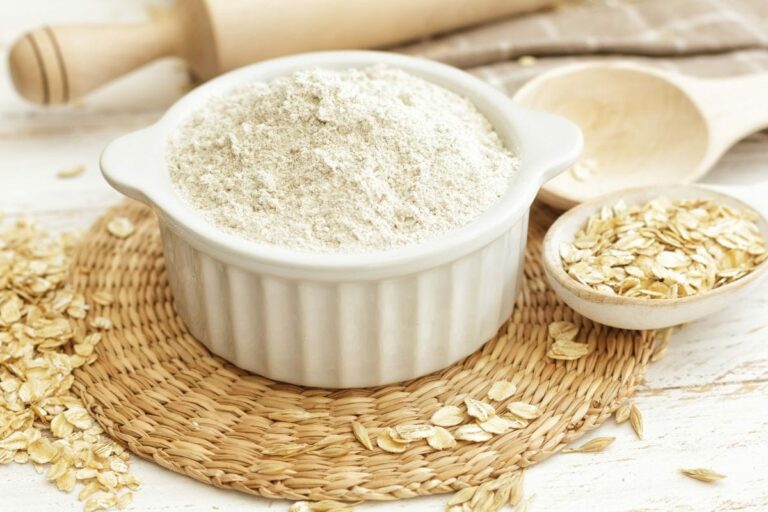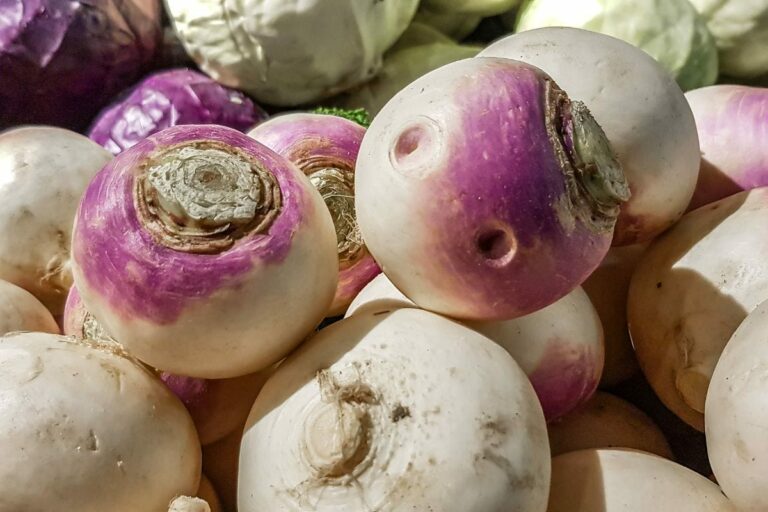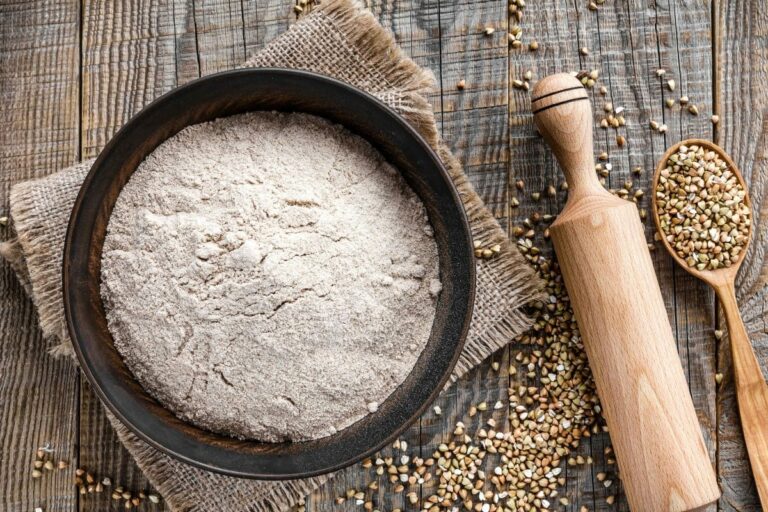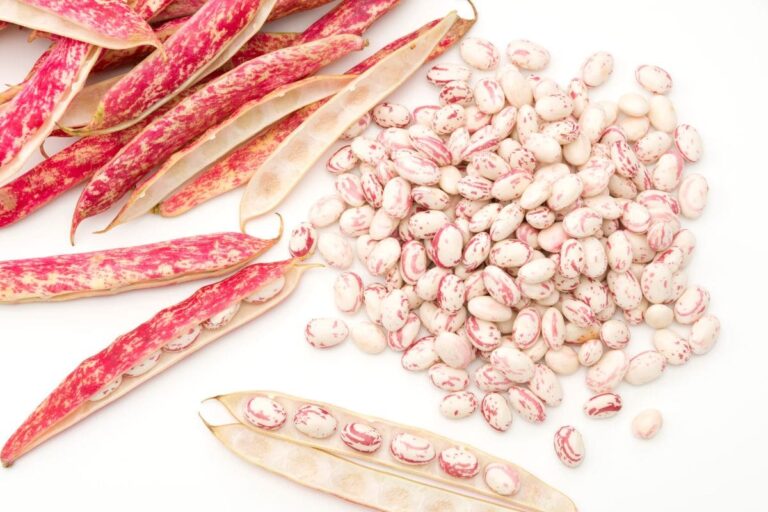Beyond the Grain: Exploring the Best Amaranth Replacements
Have you tried amaranth before? This grain-like seed has been raised for thousands of years and is a staple in many civilizations. Amaranth is a wholesome, adaptable food that may be used in a number of meals, even if it is not as well-known as quinoa or rice.
Amaranth is a fantastic choice if you’re seeking a new grain to include in your repertoire. But what if the grocery store where you shop doesn’t have amaranth? No need to panic. Many alternatives will function just as well in your recipe.
You may experiment with quinoa flour or sorghum flour for baked products. Both of them will give your meal a somewhat distinct flavor, but they will have a comparable texture and mouthfeel. Tapioca flour or potato starch could be a good choice if you’re searching for gluten-free food. A decent alternative to amaranth flour for thickening sauces and gravies is arrowroot powder, which will have comparable results.
What Is Amaranth
The grain called amaranth used to be a mainstay of the Aztec diet? Tall plants with enormous green leaves and crimson or gold blooms are amaranth plants. The plant’s tiny, black seeds may be popped like popcorn or crushed into flour.
Amaranth has a lot of vitamins, fiber, and protein, making it a nutrient-dense meal. It has a high concentration of antioxidants and has been demonstrated to decrease blood pressure and cholesterol levels.
This grain may now be purchased online and at health food stores. It is a common component in granola bars and energy bars and may be used in baking or as a hot porridge. Amaranth flour can be a great thickener in stews, soups, gravies, and sauces.
Best Substitutes for Amaranth
| Substitute | Great For | |
| 1. | Coconut Flour | Baked Goods, Thickening agent |
| 2. | Quinoa Flour | Thickening agent, Baked Goods, Porridge, |
| 3. | Sorghum Flour | Gravies, Stews, Baked goods, thickening agent, Pastries |
| 4. | Barley Flour | Thickening agent, Binding element, Baked goods |
| 5. | Soy Flour | Thickening agent, Baked goods, |
| 6. | All-purpose Flour | Baked Goods, Pastry, Desserts |
| 7. | Chia Seeds Flour | Porridge, Baked Goods |
| 8. | Chickpea Flour | Pastry, Baked goods, Thickener |
| 9. | Cassava Flour | Desserts, Sweets, Baked goods, Pastry |
Amaranth flour cannot be replaced just because of its special qualities, which make it indispensable in many culinary applications. There are a few plausible alternatives, though, that you may employ in a situation. So, let’s explore the options and their usage better.
Prolamin proteins known as gluten are unique to cereals including rye, barley, and wheat. Different grains have various forms of gluten. Numerous processed and unprocessed foods contain gluten.
It serves as a stabilizer and binder for food. For instance, it aids in the trapping of gas in bread, causing it to rise and maintain its moisture.
However, eating gluten-containing foods can result in celiac disease, an autoimmune condition. Malabsorption of essential nutrients is a potential side effect of celiac disease.
Almond flour, nut flours, and non-grain flours are some of the best alternatives to amaranth flour.
The finest substitutes for amaranth flour are listed below, although they might not be acceptable if you have a nut allergy.
Nut flours are thick and inherently gluten-free in addition to being vegan. Use nut flour instead of searching for gluten-free grain flour. To achieve the greatest results, nut flour is best blended with other types of flour, such as white rice flour or almond flour.
1. Coconut Flour
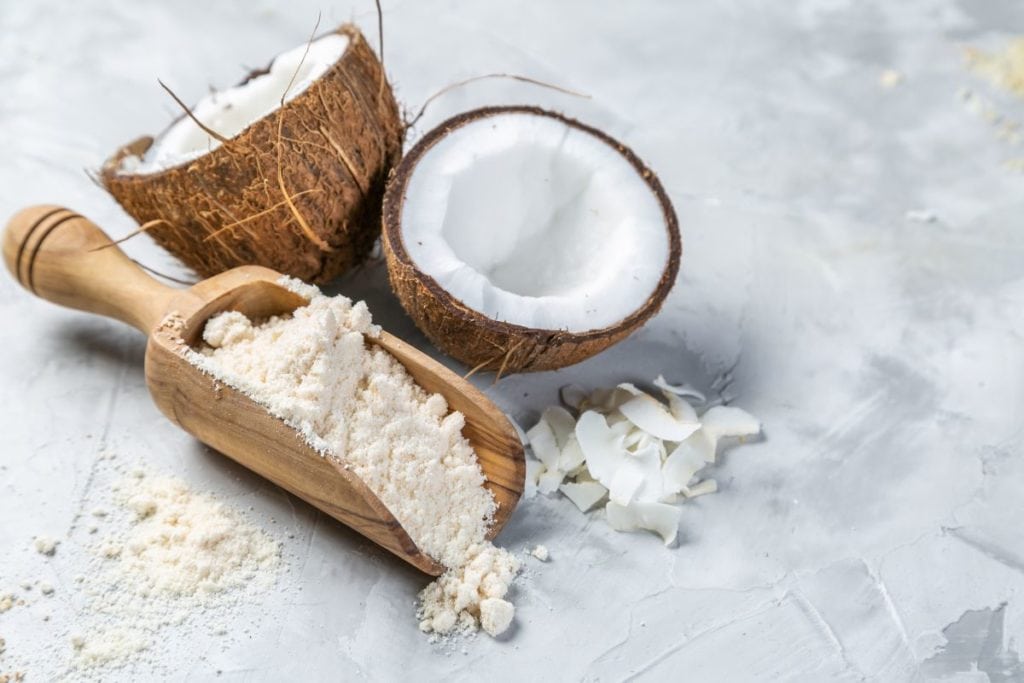
Amaranth flour can be replaced with coconut flour. It has a lot of protein and fiber and is produced from ground coconut flesh.
Most recipes allow for the use of coconut flour for amaranth, and it is frequently less expensive.
Use a 1:1 ratio when replacing amaranth with coconut flour. Because amaranth is denser than coconut flour, a recipe that uses too much coconut flour will turn up dry and crumbly.
You should be able to determine the ideal quantity of coconut flour to use in your favorite recipes with a little trial and error.
2. Quinoa Flour
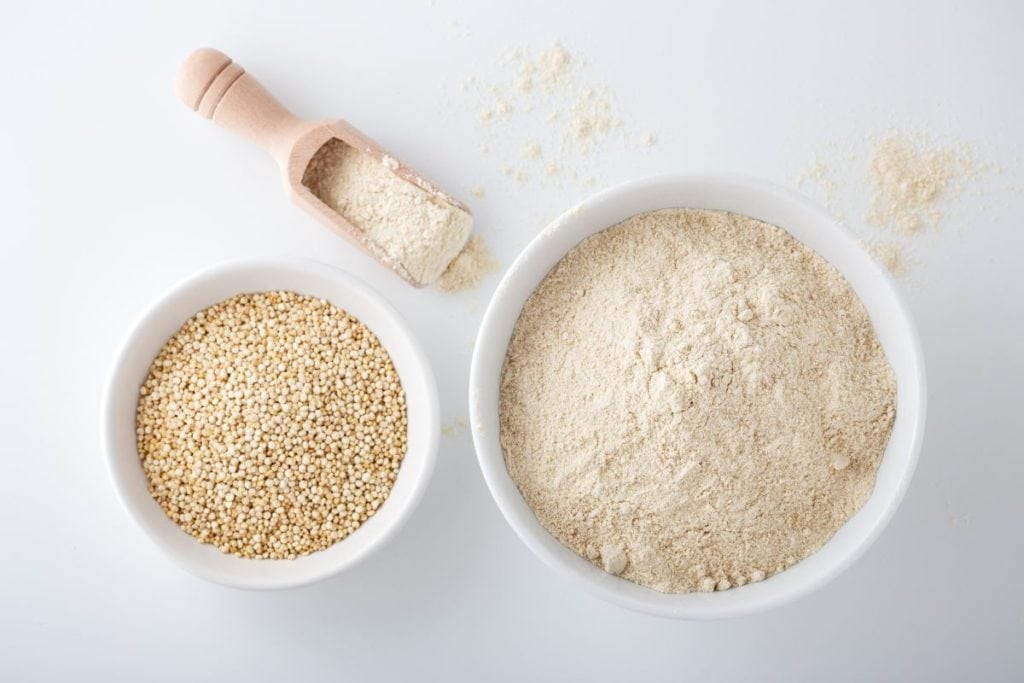
Like amaranth, quinoa flour is also a gluten-free flour. Both of them originate from South America, more especially from the Andes Mountains.
This choice does have a distinct flavor from the more earthy, nutty qualities of amaranth flour, which is a drawback. Quinoa flour has a more vegetal, and occasionally even somewhat bitter, flavor. Therefore, it works better when preparing tortillas rather than anything like a stew.
Amaranth flour may be swapped out for quinoa flour in a 1:1 ratio. Quinoa’s high protein level makes it a great flour for making gluten-free bread. Quinoa flour contains protein, and no gluten, which can enhance the bread’s overall texture and give it some structure.
3. Sorghum Flour
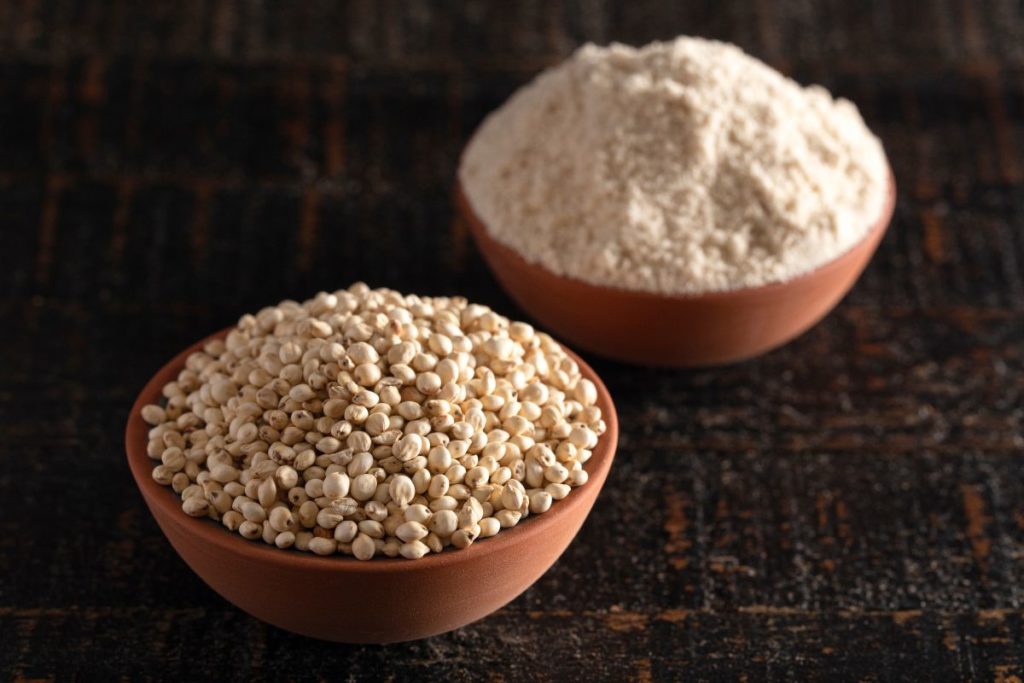
Around 5,000 years ago in Africa, the sorghum cereal grains that are processed into sorghum flour first appeared. It is gluten-free and is similar to amaranth. The whole grain kernels of sorghum, which is ranked as the fifth-most significant cereal crop in the world, are crushed into sorghum flour. These two flours can be swapped out in a 1:1 ratio.
Most frequently, sorghum flour is combined with other flour to make baked goods like pancakes, muffins, and occasionally bread. It offers baked items a mild vanilla flavor and soft texture. Additionally, it works well in place of amaranth flour in recipes that call for flour to function as a thickener, such as gravies, stews, and other liquid-based dishes.
4. Barley Flour
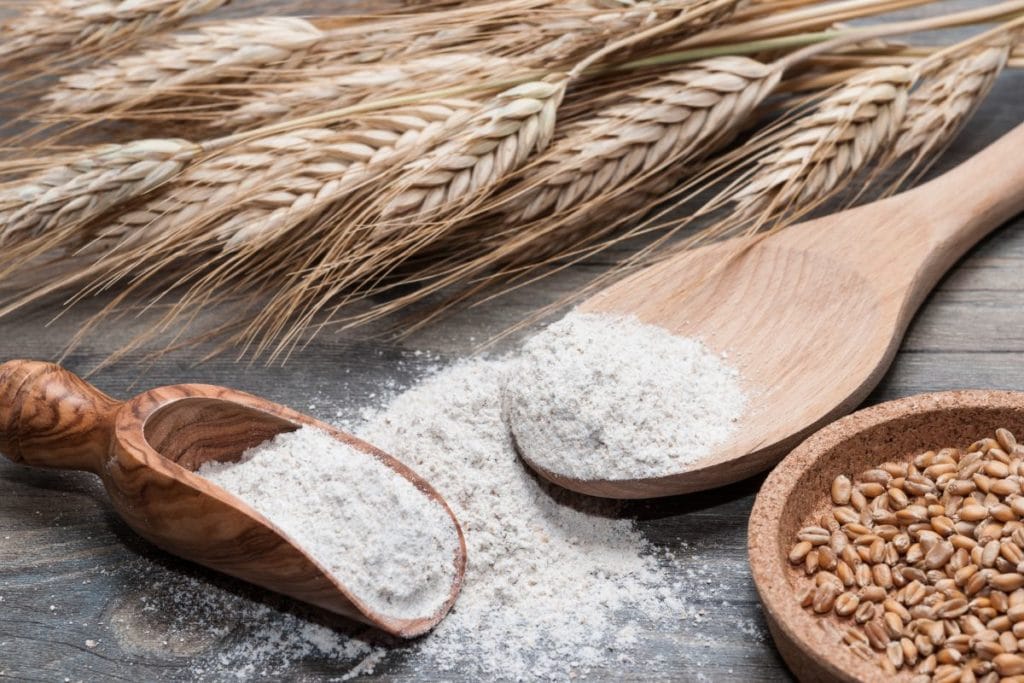
With malt characteristics and a tinge of earthy nuttiness, barley flour has a flavor that is comparable to amaranth flour. However, barley contains gluten, so it might not be appropriate for everyone who reads this list. As a result, you might be able to use it in some recipes instead of amaranth flour without adding wheat flour for flexibility. If you are sensitive to gluten, you should also stay away from it.
Barley flour may be used to make bread and even as a thickener. Due to its great absorbency, pregelatinized barley flour is regarded as a common thickening agent and binding element.
The accessibility and affordability of barley flour are two more reasons why you should think about using it.
5. Soy Flour
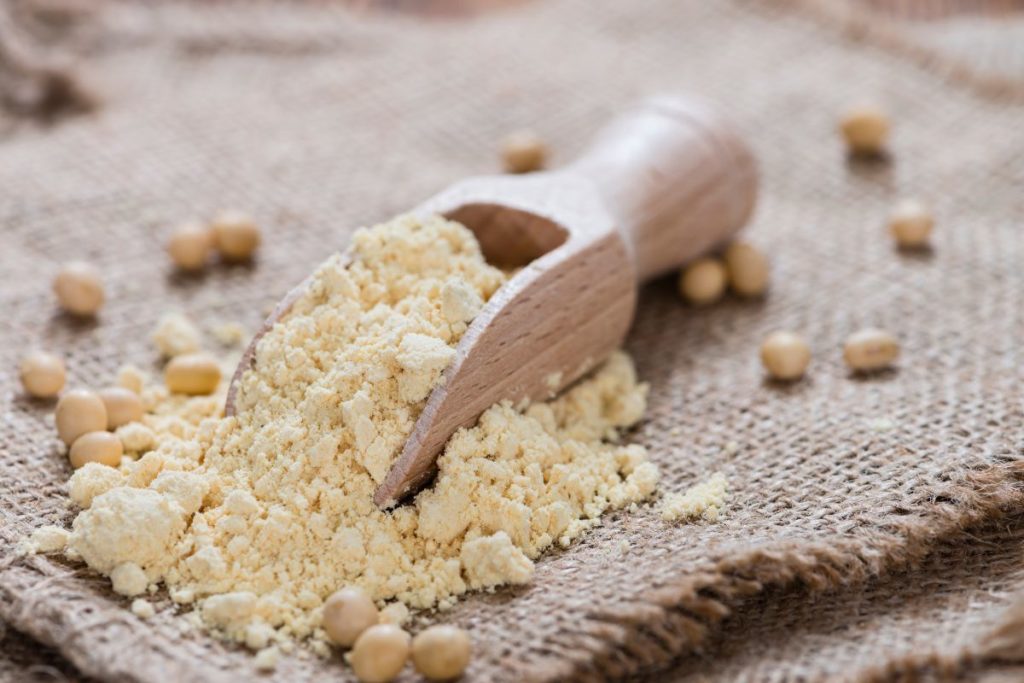
To distinguish it from Soya Flour, Soy Flour is created by finely grinding entire soybeans. Soy is gluten-free, just like amaranth. As a result, it can be utilized as a thickener. Additionally, it can be combined with other flour mixes to make baked items.
Amaranth flour may be replaced with soy flour because it has a comparable texture and is similarly high in protein. Use one cup of soy flour for every two cups of amaranth flour when switching from amaranth to soy flour.
Keep in mind the texture and flavor as well. Soy flour is well known for being great, but it also tastes more beany. On the other hand, you want to think about using roasted soybean flour instead of amaranth flour because it has a more nutty flavor.
6. All-Purpose Flour
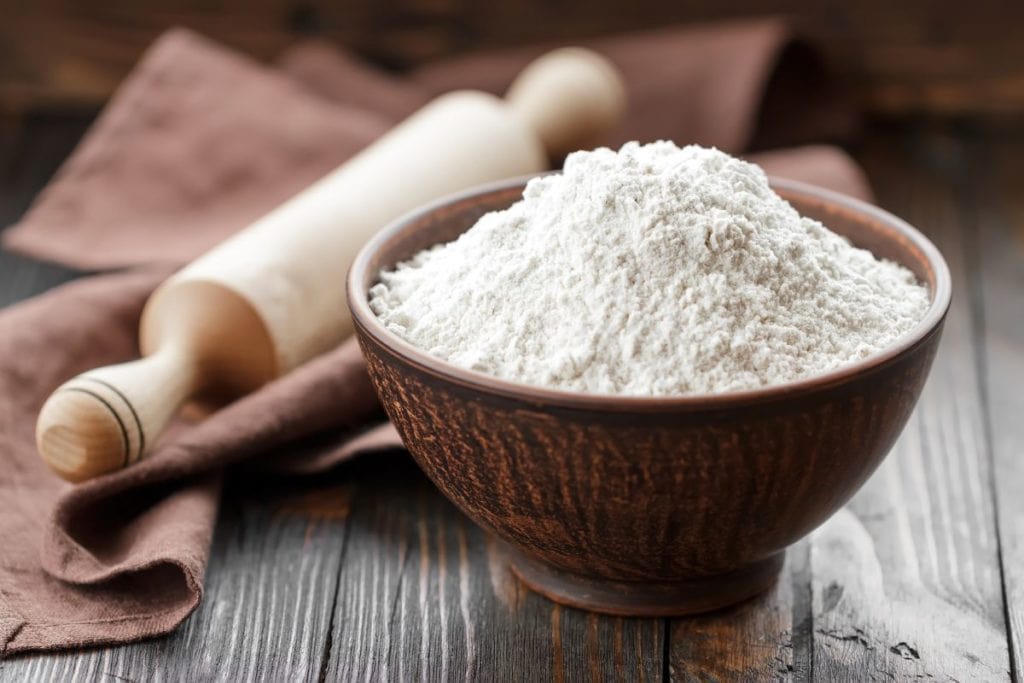
If you want to bake or create ordinary bread, all-purpose flour, sometimes referred to as wheat flour, is a great alternative to amaranth flour.
Because it doesn’t include certain proteins found in wheat, amaranth flour doesn’t rise quite as well. Therefore, you can discover that all-purpose flour is a better option right away in some situations.
7. Chia Seeds Flour
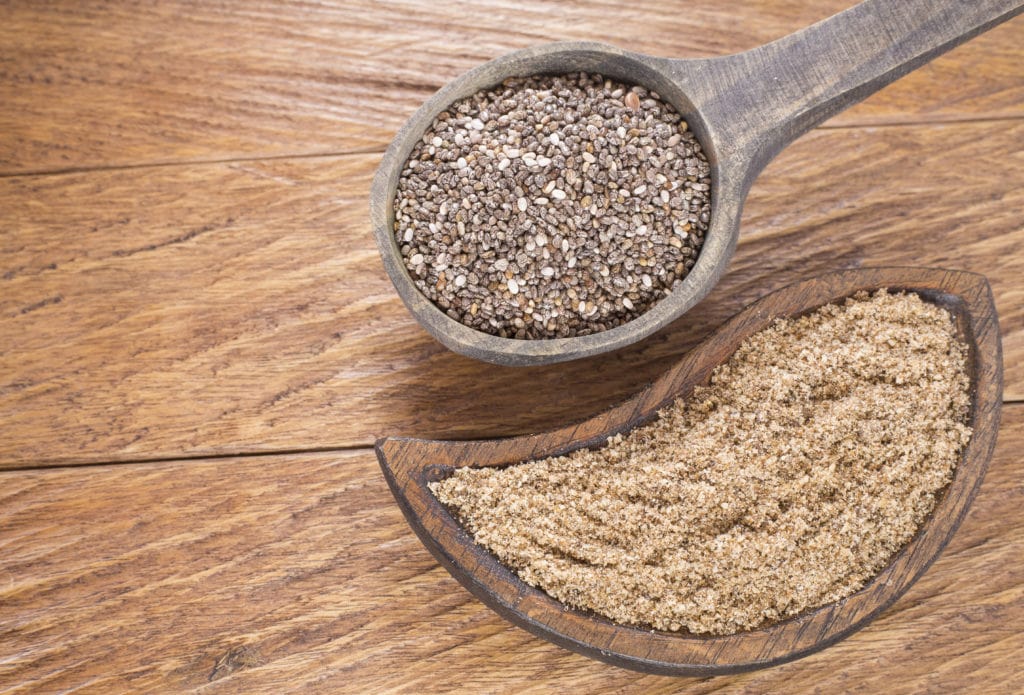
Chia seeds flour can be used instead of amaranth flour in numerous recipes. However, it can not be used as a 1:1 substitute. The nutritional profile of chia flour, which is formed from ground chia seeds, is comparable to that of amaranth flour.
It is also gluten-free and a healthy source of protein and fiber. You might need to experiment with the flour-to-liquid ratio when using chia flour in place of amaranth flour.
Since chia flour absorbs more moisture than amaranth flour, you might need to adjust the recipe’s liquid proportions or use a little less chia flour. In general, chia flour is an adaptable and wholesome alternative to amaranth flour.
8. Chickpea Flour
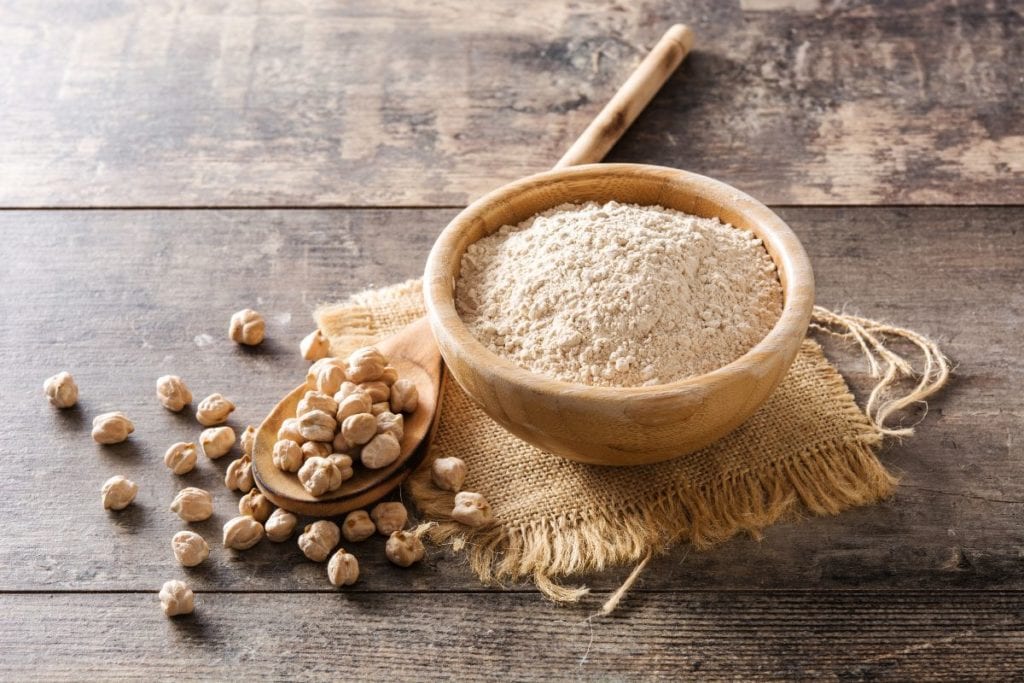
A form of flour prepared from ground chickpeas is known as chickpea flour. It is sometimes referred to as besan or garbanzo bean flour.
A common component in Indian cooking, chickpea flour is used to create a range of foods, including pancakes, bread, and pasta. The flour has a little coarse texture and a nutty taste.
Chickpea flour is low in carbs and high in protein and fiber. Additionally, it is an excellent source of B vitamins and iron. Regarding its nutritional value and cooking uses, Amaranth is comparable to chickpea flour. Yet, amaranth has a finer texture and a sweeter flavor. To account for the differing textures when using chickpea flour as a substitute for amaranth, you might need to increase the liquid content of your recipe.
9. Cassava Flour
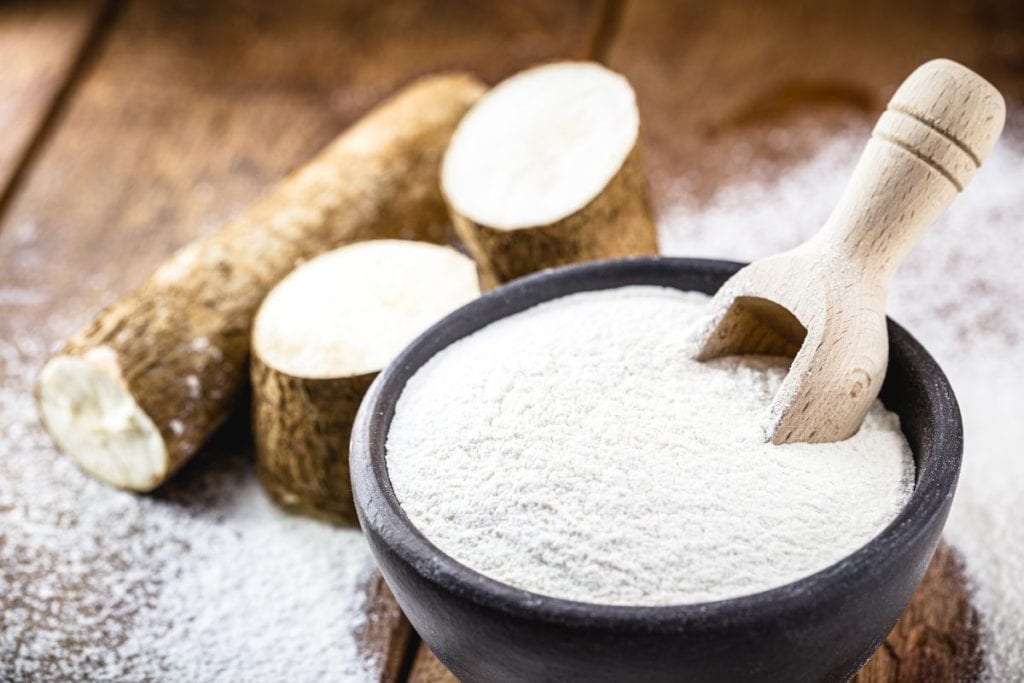
A growing star in the realm of gluten-free flour is cassava flour. This product is delivered from Cassava root. Roots are peeled, dried, and pounded into a fine powder and that is how cassava flour is made.
Its flavor and scent are mild, resembling those of amaranth flour. It’s ideal for baked items including bread, cakes, cookies, and muffins. Cassava flour behaves similarly to amaranth in recipes, you may easily switch to it.
Bottom Line
Amaranth is a fantastic superfood with several health advantages. But if you’re seeking alternatives, the options expelled above are excellent choices. Without sacrificing flavor or texture, these amaranth alternatives might help you receive the nutrients you need.
Each substitute has a unique collection of nutrients and advantages. Therefore, observe options carefully to choose one that best suits your needs.
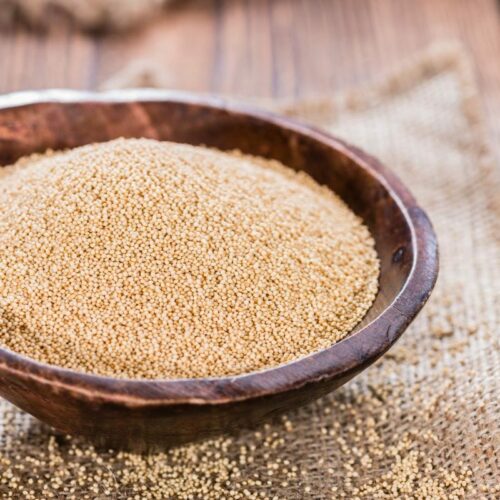
9 Best Substitutes for Amaranth
Ingredients
- Coconut Flour
- Quinoa Flour
- Sorghum Flour
- Barley Flour
- Soy Flour
- All-purpose Flour
- Chia Seeds Flour
- Chickpea Flour
- Cassava Flour
Instructions
- From the list of substitutes above, pick your favorite to use in its place.
- Use your imagination and be creative with these substitute recipes!


